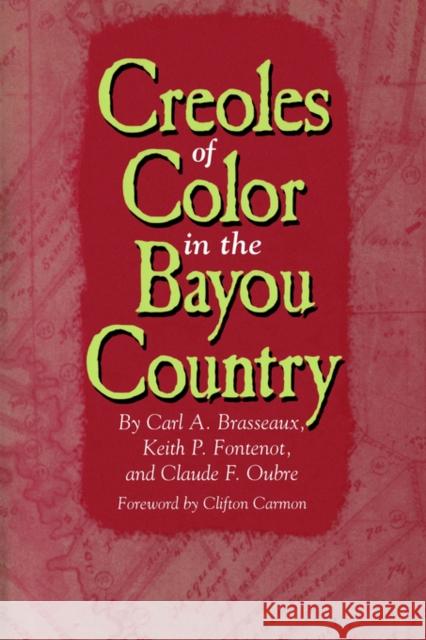Creoles of Color in the Bayou Country » książka
Creoles of Color in the Bayou Country
ISBN-13: 9780878059492 / Angielski / Miękka / 1996 / 192 str.
Creoles of Color are rightfully among the first families of southwestern Louisiana. Yet in both antebellum and postbellum periods they remained a people considered apart from the rest of the population. Historians, demographers, sociologists, and anthropologists have given them only scant attention.This probing book, focused on the mid-eighteenth to the early twentieth centuries, is the first to scrutinize this multiracial group through a close study of primary resource materials.During the antebellum period they were excluded from the state's three-tiered society--white, free people of color, and slaves. Yet Creoles of Color were a dynamic component in the region's economy, for they were self-compelled in efforts to become an integral part of the community. Though not accepted by white society, they were unwilling to be classified as black. Imitating their white neighbors, many were Catholic, spoke the French language, and owned slaves. After the Civil War some Creoles of Color, being light-skinned, passed for white. Others relocated to safe agricultural enclaves, becoming even more clannish and isolated from general society.











